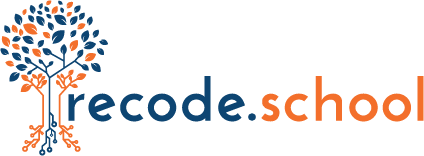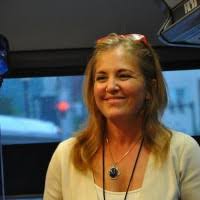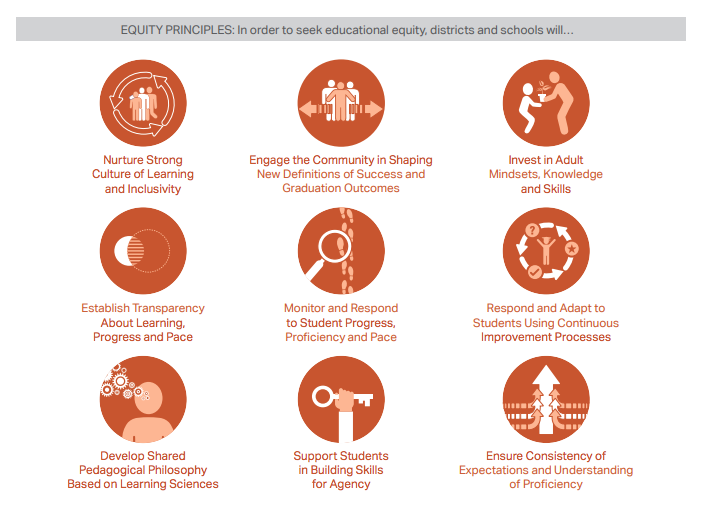Fullan's Autobiography - Surreal Change
This is not a review as much as a ... it happened. It was interesting. For me personally, it was powerful. For the average educator, I'm not as sure. But, happy to share a couple of reflections as I put it down. Link to the Book on Amazon.
- Most importantly for me is that it let me see inside another professor's life. We, professors, typically lead odd ones and there can be a lot of variation in how people approach the job. How he writes (in 3 week bursts), how he connects, his journey through administration, etc. - useful to see.
- Advice for writing: a) only write things you think are deeply insightful, b) make sure there is a lot of practical advice, and c) be concise. Simple but useful. I put it at the top of my writing whiteboard.
- Learning by doing ... and staying connected to schools. The biggest thing I struggle with being a professor is that so much of my job pulls me away from schools and the real work of public education. Fullan helps to show how when those things interact and stay tight together (doing, writing, reading, leading) ... it makes for better results amongst all of them (but, yeah, another story of a nationally known, workaholic personality with divorce and a heart-attack in the story).
- Your best partnerships are likely to have ups and downs. Fullan's falling out and then re-embracing of Andy Hargreaves was fascinating to read and then consider amongst my own professional relationships.
- Some insight on the how. Things like the Learning Consortium at the Ontario Institute for Studies in Education (and even how that became part of the University of Toronto) were interesting to read given that I also live in the complex world of higher education. Also, how relationships unfolded within policy/political spaces was interesting (although very Canada-centric, obviously).













